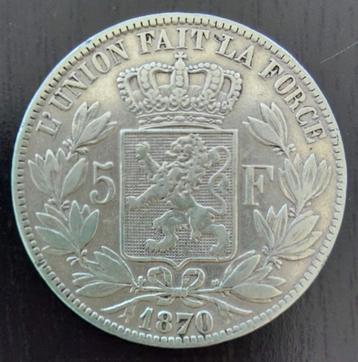Germany 1923 - 100 Millionen Mark - Reichsbanknote - No 19K.132905 - P# 107a - Near UNC
Period: Weimar Republic (1918-1933)
Size: 151 x 86 mm
Reichsbanknote printed in black ink on lightweight, rectangular, cream-colored paper with a geometric star-patterned watermark. On the face, there is a wide margin to the right of a large rectangle with a green and tan geometric backprint and scalloped border. The denomination is printed in decorative, tan font across the rectangle’s center, as part of the backprint, and vertically in the right margin. In the rectangle, German text is printed across the center, and in four, vertically-aligned lines on the lower left. There are 12 signatures centered at the bottom and flanked by the Reichsbankdirektorium seal bearing a left-facing Reichsadler surrounded by German text, on both sides. The serial number is printed in red ink starting in the upper right corner, extending from the rectangle into the margin. The back of the note is blank.
Text: Reichsbanknote / EINHUNDERT / MILLIONEN MARK / zahlt die Reichsbankhauptkasse in Berlin gegen diese Banknote dem Einlieferer. Vom 1. Oktober 1923 ab kann diese Banknote aufgerufen und unter Umtausch gegen andere gesetzliche Zahlungsmittel eingezogen werden Berlin, den 22. August 1923 / Reichsbankdirektorium / (12 illegible signatures) - Wer Banknoten nachmacht oder verfälscht, oder nachgemachte oder verfälschte sich verschafft und in Verkehr bringt, wird mit Zuchthaus nicht unter zwei Jahren bestraft.
References: P# 107a (Watermark: Oak leaves)
Reichsbank note, valued at 100 million marks, distributed in Germany from August to November 1923. German efforts to finance World War I sent the nation into debt. Following their defeat, the Treaty of Versailles obligated Germany to pay reparations to several countries, which increased the nation’s financial struggles. The German government attempted to solve this problem by printing more money, which led to severe inflation. The inflation grew to critical levels between 1922 and1923, when the exchange rate of the mark to the United States dollar went from 2,000 marks per dollar to well over a million in a matter of months. The government printed higher and higher denominations, but was unable to keep up with the plunging rates. Germans began using the worthless bills as kindling, wallpaper, and children’s crafts. The emerging National Socialist German Worker’s (Nazi) Party frequently used the bills to their advantage, writing anti-Semitic messages on them, which blamed Jews for Germany’s financial problems. In order to stabilize the economy, the German government established the Rentenbank. The new Minister of Finance, Hans Luther, created the Rentenmark, which was backed by mortgages on all real property in Germany, rather than gold. The Rentenmark was valued at 4.2 marks to one U.S. dollar, and its introduction on November 16, 1923, successfully ended the inflation crisis. Despite this, the Nazi Party continued to use people’s residual economic fears as a propaganda tool to gain power, eventually leading to Adolf Hitler becoming Chancellor in 1933.

